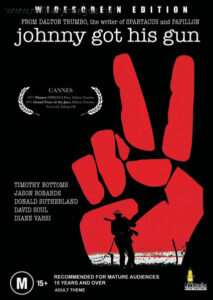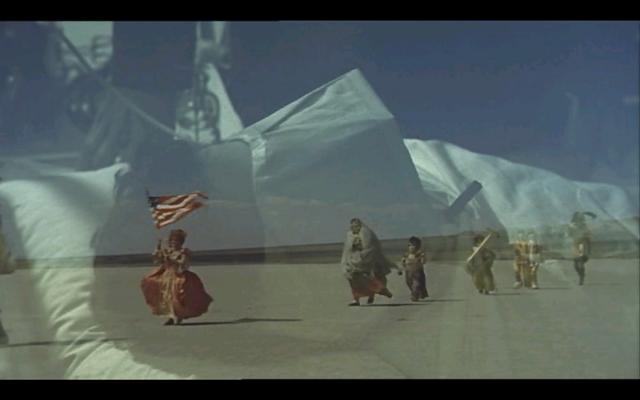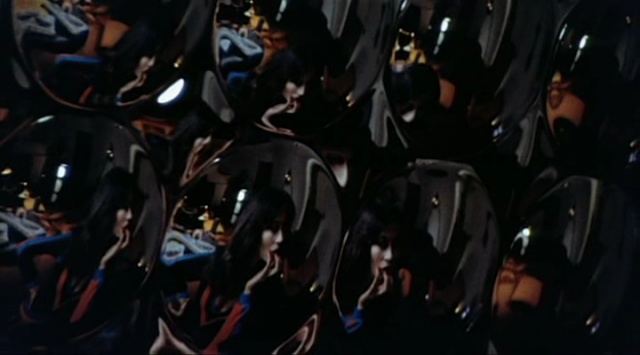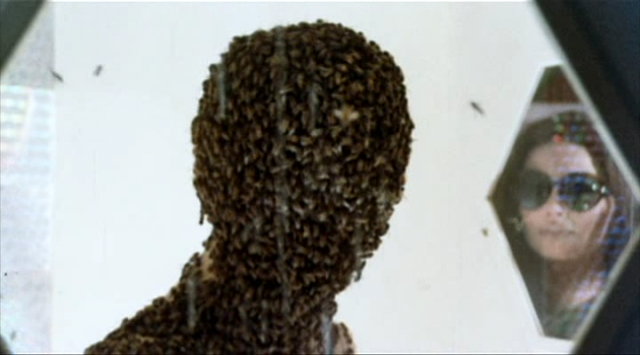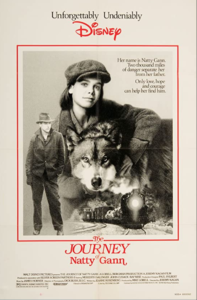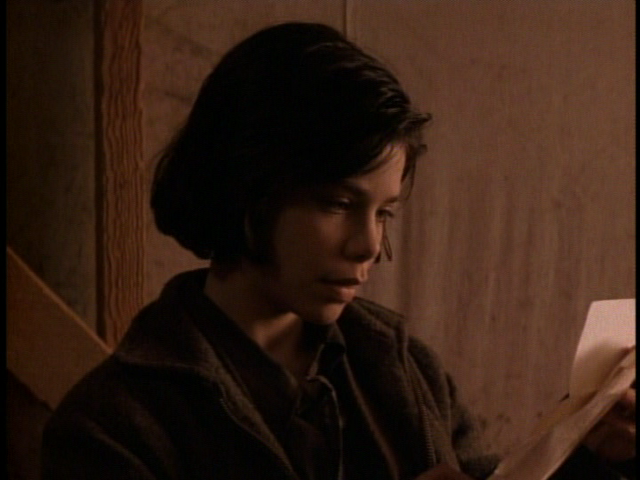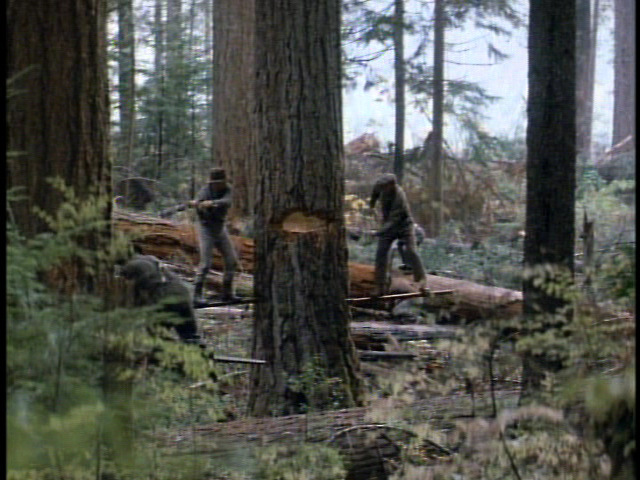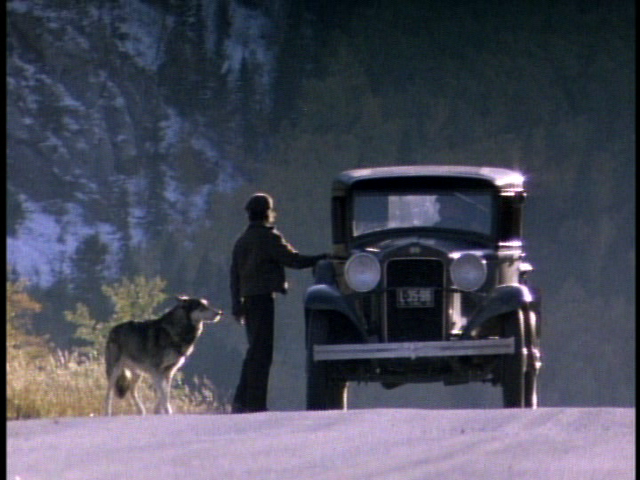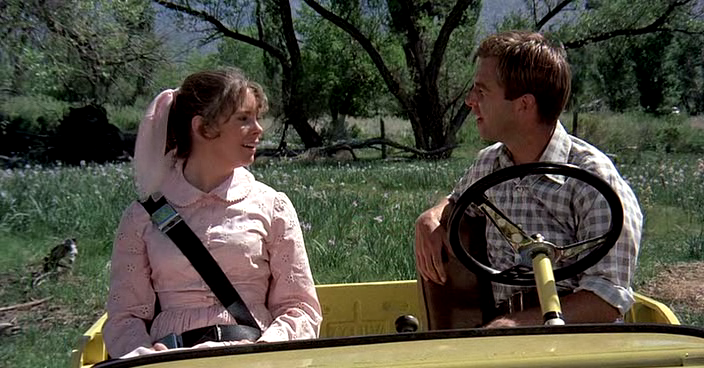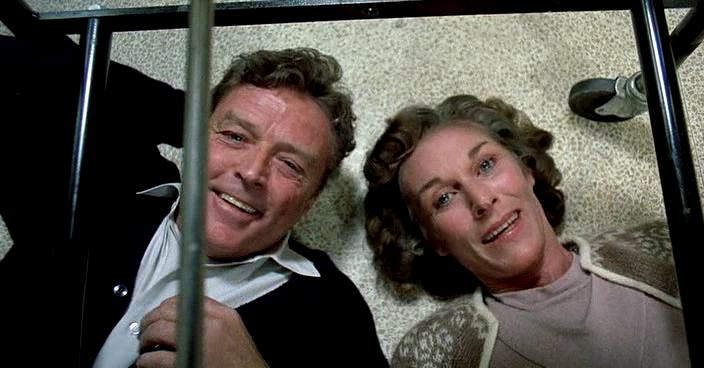Johnny Got His Gun (1971)
“I’m just like a piece of meat that keeps on living.”
|
Synopsis: |
|
Genres, Themes, Actors, and Directors:
Response to Peary’s Review: Indeed, as a fan of the novel, I believe Trumbo does a remarkably effective job translating his seemingly unfilmable first-person narrative into a frightening cautionary tale. By interspersing color flashbacks and fantasy sequences into his real-time b&w horror story of doughboy Joe Bonham — who became a “basket case… as the result of an explosion” on the final day of WWI, but retains full consciousness — Trumbo avoids miring the film in relentless gloom. Particularly intriguing are those fantasy sequences in which Bonham chats with an “ineffectual” Jesus Christ (Donald Sutherland), who agrees that his case is pretty hopeless. (Apparently these scenes were inspired by Luis Bunuel, Trumbo’s first choice to direct the film.) The movie’s final moments are truly chilling — be forewarned. Note: This would make a compelling double bill (for viewers up to the emotional challenge) with Julian Schnabel’s similarly themed The Diving Bell and the Butterfly (2007). Redeeming Qualities and Moments: Must See? Categories
Links: |
